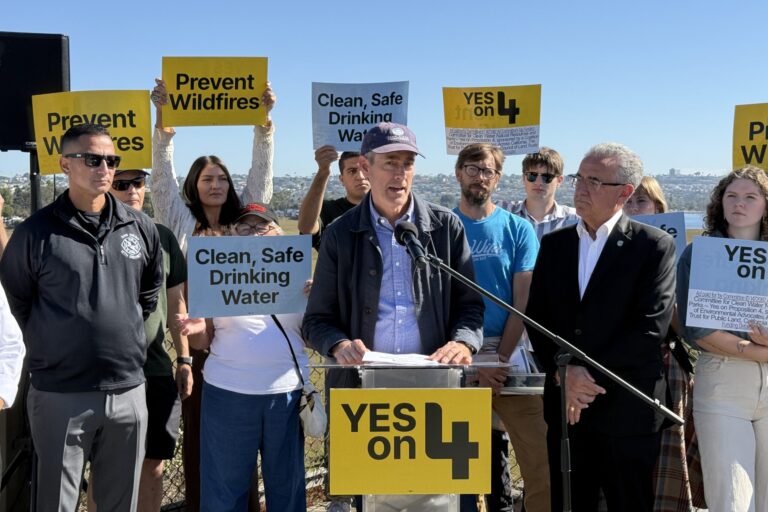We recycle lots of things— plastic bottles, aluminum cans, paper, styrofoam, etc. But did you know that you could also recycle water? Recycling water is possible and very beneficial to operating your home in a water-efficient manner. Here are two different and cost-effective ways to recycle water in your home:
One way you can recycle is by reusing graywater. Graywater is the water from your bathrooms sinks, showers, tubs, and washing machines. Often times, it contains traces of dirt, food, hair, grease, and cleaning products. Although it appears “dirty,” graywater can be recycled from your home and applied to your landscape in a water-efficient manner. Because graywater contains anaerobic bacteria, it isn’t ideal for the lawn or vegetable gardens. However, graywater does work great when you spray or flood around plants such as fruit trees and tomatoes.
According to Brook Sarsons, founder and owner of H2OME, “55 percent of our water usage is for residential use, and of that, 60 to 65 percent is used on landscaping.” Typical fruit trees use up to 35 to 50 gallons a week, and with a laundry-to-landscape system that recycles graywater, you can save up to 17 gallons of water a day. Sarsons also states that establishing 365 laundry-to-landscape systems would save over two million gallons of water per year.
Let’s face it: maintaining a lawn can be expensive. A 500-sq ft lawn requires 50 inches of water per year: that’s over 13,000 gallons of water. Along with graywater, a second way to drastically cut your water usage is through harvesting rainwater. You can harvest rain off the roof, into a tank, or directly into the ground. Unlike graywater, rainwater is great for vegetable gardens. With rainwater harvesting, a 1000-ft roof can yield 600 gallons of water with just one inch of rain. Although San Diego typically receives about 10 inches of annual rain, with gutters, you could fetch over 300 gallons per one-inch of rainwater. With a large plastic tank, you can save this recycled rainwater and re-distribute it to your garden in a water-conservative way–saving energy, money, and most of all, water.
P.S. Be on the lookout for May’s Signs of the Tide event featuring rain barrels!
















